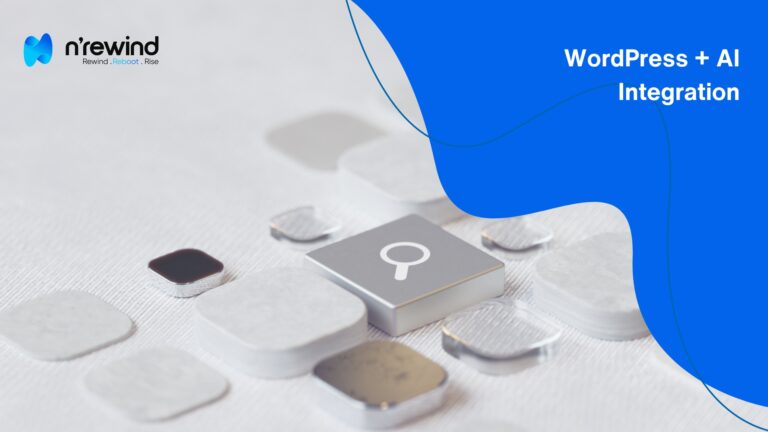Introduction
Ever wondered how your favorite mobile apps seamlessly connect to services like Google Maps, PayPal, or even social media platforms? That magic happens thanks to APIs (Application Programming Interfaces). APIs act as the bridge that allows different software to communicate, making apps more powerful, functional, and user-friendly.
In this post, we’ll break down why APIs are essential in mobile app development, explore different types of APIs, and share best practices for integrating them effectively into your projects.
What is an API?
Think of an API as a waiter at a restaurant. You (the user) place an order, the waiter (API) takes your request to the kitchen (server), and then the waiter delivers your meal (data) back to you. Simple, right?
For example, when you book a ride on Uber, APIs are at work behind the scenes—connecting to Google Maps for navigation, processing payments through a gateway like Stripe, and verifying users with authentication systems. APIs keep things running smoothly without you even noticing.
Why APIs Matter in Mobile App Development
APIs play a massive role in making apps more efficient and feature-packed. Here’s why they’re so important:
1. They Add Superpowers to Your App
Instead of coding every single feature from scratch, APIs let developers plug into existing services. Want real-time chat? Use Twilio’s API. Need payment processing? Stripe’s got you covered.
2. They Save Developers Time and Effort
Why reinvent the wheel? APIs allow developers to focus on core app features while outsourcing complex tasks to existing services.
3. They Keep Apps Connected
APIs help apps fetch real-time data—whether it’s stock prices, weather updates, or social media feeds. This ensures users always get fresh, relevant information.
4. They Help Scale Apps Faster
Need to handle thousands (or millions) of users? APIs make it easier to scale by connecting to cloud-based services that handle traffic without major infrastructure changes.
5. They Keep Data Secure
APIs provide secure ways to authenticate users and protect sensitive information using methods like OAuth, API keys, and token-based authentication.
Types of APIs Used in Mobile App Development
There are different types of APIs, each suited for different needs. Here’s a quick rundown:
1. RESTful APIs (Representational State Transfer)
- The most common type of API in mobile development.
- Uses simple HTTP requests (GET, POST, PUT, DELETE).
- Data is exchanged in lightweight formats like JSON.
- Example: Google Maps API, Twitter API.
2. SOAP APIs (Simple Object Access Protocol)
- Uses XML for data exchange.
- More secure but heavier than RESTful APIs.
- Common in enterprise-level apps (e.g., banking software).
3. GraphQL APIs
- Developed by Facebook to allow flexible data queries.
- Lets apps request only the data they need—nothing more, nothing less.
- Example: GitHub GraphQL API.
4. Third-Party APIs
- Pre-built APIs from external providers.
- Example: PayPal for payments, Facebook for social login.
5. Custom APIs
- APIs built in-house by companies to power their own apps.
- Example: A food delivery service using its own API for managing orders.
Best Practices for API Integration in Mobile Apps
Using APIs the right way can make or break an app. Here are some best practices to follow:
1. Use API Versioning
Things change, and APIs evolve. Versioning (e.g., v1/api/users) ensures backward compatibility so updates don’t break existing functionality.
2. Optimize API Requests
Fewer API calls = faster performance. Reduce unnecessary requests, use caching, and batch multiple requests into one whenever possible.
3. Implement Strong Authentication & Security
Security is everything. Use OAuth 2.0, token-based authentication, and SSL encryption to protect user data.
4. Handle Errors Gracefully
APIs can fail—servers go down, requests time out. Make sure your app can handle errors properly and show user-friendly messages instead of crashing.
5. Monitor and Maintain APIs
Keep track of API performance, latency, and errors using monitoring tools like Postman, API Gateway, or Datadog.
Conclusion
APIs are the backbone of modern mobile app development, enabling apps to be more functional, scalable, and secure. Whether you’re building a social media app, an e-commerce platform, or a fintech solution, leveraging APIs will save you time, effort, and headaches.
By following best practices like securing API calls, optimizing performance, and handling errors properly, you can ensure a smooth user experience. As the app world continues to evolve, APIs will remain at the heart of innovation, driving the next generation of mobile applications.
"APIs are the backbone of modern mobile apps, enabling seamless connectivity, real-time data exchange, and enhanced functionality. By leveraging well-designed APIs, developers can integrate powerful features, streamline user experience, and scale applications efficiently."




